Interview Notes: Qullamaggie on Chat With Traders (Part 1)
The mechanics of Kristjan's breakout strategy: entries, exits, risk management, stock selection, market conditions, and more
As promised in my previous stack, I’m sharing notes on Kristjan Kullamägi’s Chat With Traders interview today (@Qullamaggie and @chatwithtraders on X/Twitter). The show notes and full podcast are available on chatwithtraders.com. Alternatively, you can listen to the interview on YouTube:
As always, my notes focus on what I considered to be the highlights, and include my own insights where I believe they add value.
A little different to usual, following reader feedback, I thought I’d also try the multi-part approach for the first time, while taking care to ensure each part remains a coherent piece in its own right, to give you the best of both worlds. Do let me know what you think!
Part 1 focuses on the mechanics of Kristjan’s breakout trading strategy (and includes a short introduction). Part 2 looks at Kristjan’s psychology, and how to build conviction.
Introduction
Aaron Fifield, the podcast’s host, opens (0:20) with some background on Kristjan. This is what jumps out: at the time of the interview, February 2021, Kristjan was an 8-figure retail trader. (I believe he has now surpassed the $100 million mark.) He got there solely through trading, starting from the same humble beginning as many other traders, with $3,000–$5,000 accounts, a few of which he blew up.
In other words, despite having the typical rocky start, he has now also reached a level of success most traders will never achieve — so clearly, Kristjan is someone worth learning from, no matter how you trade.
And just to get an insight into this man’s character, I quote from Kristjan’s website:
“In 2019 I started streaming on Twitch and trying to build a trading community focused on learning and developing as a trader myself and teaching and helping others. All for free of course… because I make my money trading and prefer to help, not prey off people who want to learn but often have very little money. […]
“I want to help other aspiring traders to succeed and even surpass me at some point, because trading alone without sharing the experience and helping others is just pointless.”
To me, he truly is an inspiration — not just in terms of his trading achievements, but also in terms of his giving mindset. He is a big reason why I feel it wrong to paywall my Qullamaggie stream notes, even if I do add value.
Day vs swing trading
Kristjan started as a day trader, which is also how he made his first million. However, as he explains from 7:56, when he went through all the stocks in the US market (more on this in part 2), he realised the big moves take weeks, months and even years to play out.
There are more benefits to swing trading, some of which are psychological, but plenty of which are just practical too:
In day trading, it’s difficult to catch a >50% move, never mind make a double. This is much easier in swing trading.
In day trading, you’re constantly fighting near your entry, but in swing trading, when you catch a big mover, the stock will be above your stop for a long time. You don’t need to be constantly glued to your screen — something Kristjan frequently says during his streams that he doesn’t want to do.
Swing trading is much more scalable than day trading, which was already becoming problematic for Kristjan in terms of liquidity and slippage, and would only get worse as he continued to grow his account. (Incidentally, Kristjan mentioned on a recent stream that shorting is another strategy that isn’t very scalable.) Scalability is discussed further in part 2.
Perhaps most important of all, the risk-to-reward ratio is much better in swing than in day trading.
All in all, it allows for — in Kristjan’s words — “low-effort” and extremely profitable trading. However, that’s only after you put in the hard work of really learning how to swing trade your chosen setup and studying how stocks move — also discussed further in part 2.
The breakout strategy
From 18:20, Kristjan explains that the simplest strategy he trades are breakouts on the daily time frame. He doesn’t really need to look at intraday charts for these; nevertheless, he does also look at the hourly chart to get a slightly zoomed-in view.
Update
On the more recent streams, including the one from 18 May 2023, Kristjan has said that he only trades episodic pivots (EPs) now, as he now finds this the easiest setup to trade. (Remember: you have to be able to change your mind when the facts change.)
He also almost exclusively looks at the daily chart now, though we can occasionally see him zoom out to the weekly or even monthly chart, as well as go down to the 5-minute chart, especially near the open, to check the volume on potential EPs. (Volume is key for EPs. Big volume also increases the odds of breakouts working.)
How stocks move
Back to breakouts. Kristjan learned from Stockbee how stocks really move — in essence, like staircase steps or, as Stockbee calls them, ‘momentum bursts’ — which he verified for himself. Part 2 discusses in more detail how you can — and should — verify this for yourself too.
So what do we mean by a stock ‘moving like a staircase’?
Well, as explained from 18:41, if you look at any stock that doubles, triples or even quadruples in a few months or years, you repeatedly see the same patterns:
The stock makes a big move up.
The stock moves sideways or pulls back to build a range, preferably while volatility contracts (i.e. it gets tighter).
The stock then has another leg higher.
The stock builds a new range.
And so on — so in effect, the stocks are moving in staircase steps.
Examples of stair-step movers
Kristjan mentioned $TSLA as an example of a perfect stair-step mover — see the daily chart from 2020 and 2021:
This is even clearer on the $TSLA weekly chart:
Plus, at the time of writing (2 July 2023), it looks like $TSLA might be coming out of another big base. The volume has been picking up, too.
Kristjan mentioned $NIO as another good example from 2020–2021:
Kristjan also mentioned $AAPL and $GOOG as slightly more historical examples that are slower movers, but which show the same patterns.
Entering breakouts
As Kristjan explains from 19:43, our goal as traders is to identify those staircase steps and buy just as the stock is about to break out into the next step.
Later in the podcast, from 35:45, Kristjan provides more specifics. Essentially, there are two steps:
The stock breaks out of its range on the daily chart.
Buy the stock as it takes out the opening range high (ORH) — the high of the first 1-minute, 5-minute or hourly candle. As to which of these three: when it becomes obvious the stock is starting to break out. For example:
A stock gaps up over its pivot point on the daily chart — i.e. it’s breaking out of its range right at the open. You wait for the first 1-minute candle to form, i.e. for the stock to set an intraday range, then enter as it takes out the high of that first 1-minute candle (the 1-minute ORH). This could happen as soon as 9:31 EST.
A stock starts breaking out of its daily range within the first 5 minutes of the open. You wait for the first 5-minute candle to form, then enter as it takes out the 5-minute ORH. This could happen as soon as 9:35 EST.
A stock breaks out of its daily range after 9:35 but before 10:00 EST. Enter as it takes out the hourly ORH. This could happen as soon as 10:00 EST.
The stock doesn’t break out of its range until later in the day. At this point, it has already taken out the ORH, so just enter as it breaks out on the daily chart.
Examples
Let’s use examples from Kristjan’s website to help illustrate this.
Here is a daily chart of $MNKD from May 2013, on the day of the breakout:
This one is gapped up out of its range on heavy volume. Suppose the below was its intraday chart (it wasn’t, but just to help you visualise Kristjan’s entry tactics, using TC2000):
I added a blue line to the ORH of the breakout day, where the stock gapped up out of its range on the daily chart.
If this was a 1-minute chart, you can observe the breakout in the pre-market and in the first minute of trading, then set an alert at the 1-minute ORH and enter when that ORH is taken out (situation 2a from earlier).
If this was a 5-minute chart, you can observe the breakout in the first 5 minutes of trading, then set an alert at the 5-minute ORH and enter when that ORH is taken out (situation 2b).
If this was hourly chart, you can observe the breakout and general market action for the first half an hour, then set an alert at the hourly ORH (i.e. the high of the first 30 minutes of trading) and enter when that ORH is taken out (situation 2c).
In fact, in the case of the chart I chose, this is a 10-minute chart, and the ORH was only taken out between 10:20–10:29 EST. So regardless of whether you used method 2a, 2b or 2c, you should have entered during those times.
Let’s look at another example from Kristjan’s website for when situation 2d might crop up. This is a breakout in $AAXN ($TASR) from January 2004:
I added an orange line to the pivot point (in my opinion — other people might draw it slightly differently).
The reason I’m highlighting this is that if the stock didn’t move through that pivot point until after 10:00 EST (since it didn’t gap up over its range, and even tested support), it is already taking out the highs of the day. So set an alert in advance at the pivot point, then enter as the stock moves through that point on volume (situation 2d).
Stop loss placement
Of course, you must never trade without a stop loss.
Kristjan usually places his stop at the low of the day (LOD). (In this interview he said “always”, but there have been examples in recent streams where his stop was higher — e.g. when buying the earnings EP in $IOT on 2 June 2023. Presumably, this is to keep the risk-to-reward ratio in check, plus he still placed his stop at a technically logical level from an intraday perspective.)
Kristjan did mention that he frequently buys breakouts that stop him out just minutes later. This happens especially often when he buys the 1-minute ORH, which has a much higher fail rate. On the plus side, this enables you to get in really early on the breakouts that work.
I know very good traders who wait at least 5 minutes — and often longer still — before they’d contemplate buying any breakout, precisely to avoid fakeouts. That’s what works for them. You need to figure out what works for you (more on this in part 2). From a mechanical standpoint, there is no ‘right’ or ‘wrong’ approach here — they each have pros and cons.
But if your stop does get hit, take Kristjan’s example (40:58):
“If I get stopped out, I get stopped out. I don’t think, I just get out. I’ve seen too many scenarios […] when things just keep going lower and […] you hesitate, and now suddenly your stop is twice as big as it would’ve been, and now it’s three times as big and…
“It just […] frees up mental power not to overthink things. I just get in, and I just get out.”
Furthermore, if he does get stopped, Kristjan continues to watch those stocks. Particularly when he bought the 1-minute ORH and got stopped out, the stock may well take out the highs again — possibly just minutes later — in which case Kristjan would get back into that name. As he says (40:45):
“You can’t hesitate. If it’s a good setup, you got to get back in. Even if it means you have to rebuy it higher.”
Aggressive entries vs pyramiding
It’s also worth noting that Kristjan is a very aggressive trader (34:36): he buys his full positions in one go. This is different from various other great traders — Dan Zanger and Mark Minervini, for example, who enter their positions in multiple parts (‘pyramiding into a position’) — but Kristjan just wants to get in and out quickly, even if this does create candlestick wicks (due to his size).
Having said that, Kristjan did clarify that he does add to a winning position if the stock sets up again — but not simply because the trade is going his way. (He said the same thing in a recent tweet.) He treats these as new trades/positions, with separate stops (which is why, in his streams, you can sometimes see multiple horizontal white lines — i.e. multiple stops — on his screen).
Selling strategies
While most people trading a particular setup typically enter at more or less the same point, selling is less straightforward when dealing with a winning position. (But should be easy when the trade moves against you — just respect your stop.)
Kristjan, for example, has the following philosophy (23:08):
“I want to hold stocks for as long as possible. I really don’t want to sell them until I absolutely have to, or feel like I have to for any type of reason.”
Selling part into strength
Nevertheless, he appreciates that the first part of the move is the most predictable (plus, it can be very explosive), so tends to sell a part of his position into strength after the first 3–5 days of the move. As to what ‘a part’ means: he mentioned 20–25%, but caveated that it varied a lot. Doing this makes it, as he calls it, “a stress-free trade”.
(Incidentally, I wince a little when people refer to this as a ‘free trade’. You stand to lose paper profits, which can be quite substantial. And although they are only ‘paper’ gains at this stage, all you need to do is sell your position to get hold of those profits. I really cannot call that a ‘free’ trade; I think Kristjan’s phrase — a ‘stress-free’ trade — is much better. Same concept — and an important one to manage your risk and enable big profits; I’m not suggesting anything different — but described much more accurately and appropriately, especially from a psychological point of view. In my opinion, anyway.)
Trailing the rest
As to the rest of Kristjan’s position, once the moving averages have caught up and exceed his original stop loss, he starts using either the 10 or 20 MA as a trailing stop, in an attempt to play for a bigger move and place fewer trades. Based on Kristjan’s recent streams, he seems to nowadays favour the 20 MA.
Specifically, he only sells if the stock closes — or rather, appears to be closing — below his chosen moving average. Intraday violations that subsequently get bought up do not trigger a sale. That said, he does maintain a hard stop to protect himself from particularly nasty price falls.
Strike rate
So, what are the combined effects of Kristjan’s aggressive entries and trailing stops on his strike/win rate? He tells us at 39:22:
“My win rate last year [2020] — and I had insane returns last year — was only about 35%. And the year before, 2019, it was 25%. So, yeah, you have to get used to getting stopped out a lot. […] Many times within the same day, and many times within a few minutes. That’s the name of the game. […] That’s how it is!”
So even in an exceptional year, his strike rate was still only 35%. For every 100 trades, that translates to more than a 1 in 3 chance of getting 10 losers in a row (I explain how to calculate those odds here). That obviously didn’t stop him from consistently getting phenomenal returns in just over a decade!
If that doesn’t tell you that a good risk-to-reward ratio is much more important than a good strike rate, I don’t know what will.
Building in failure
Furthermore, being profitable at low strike rates, to borrow Mark Minervini’s phrase, ‘builds in failure’. If you lose more often than you’d expect to, this only reduces your expected gains. Perhaps it puts you at breakeven. Importantly, it doesn’t instantly get you into trouble. Essentially, it builds resilience into your strategy as well as in your mind.
While today’s notes mainly focus on mechanics, the link to psychology here is too obvious not to mention now.
The top performers in the world — regardless of their field — all have resilient mindsets. Losses don’t faze them. But if your strategy inherently requires you to constantly lose, it becomes significantly easier to develop and maintain such resilience.
Is a high win rate a good thing?
In contrast, a high win rate might seem naturally “reassuring” from a psychological point of view, as a reader wrote to me only today. I get that — really, I do. But when the inevitable losing streak makes its appearance, can you recover from it — financially as well as psychologically?
I want all my readers to succeed — especially the ones that work as hard as I know this reader does. But I fear that if you are badly thrown by losers, never mind a string of them, that you will struggle to keep any profits made during the periods you uphold your high win rate.
Risk management
Back to mechanics. Good risk-to-reward ratios and building in failure through low strike rates are clearly good risk management techniques. What else can you do?
Holding positions overnight
When Kristjan started to look into swing trading, he realised that holding overnight is “not that dangerous. Day trading is much more hazardous, I would say” (10:37).
How come? He realised that he could control overnight risk by:
Appropriately sizing his positions;
Checking earnings dates; and
In the case of biotechs, making sure that there is no pending data and/or FDA decisions.
Position sizing
This interview didn’t share much detail on how Kristjan sizes his positions nowadays. Fortunately, he covers the topic on his website:
“I don’t believe you should ever have more than 30% of your account over night in any stock or ETF. Intraday you can do more since you don’t have to deal with potential over night gaps.
“Most of my positions are 10-20% of account size. My risk on most trades is usually 0.25-1%. I rarely risk more than 1% of my account on any trade.
“When my accounts were small, less than a few million, I risked more, maybe 0.5-1.5%. At the very beginning I risked more still, but honestly I had not a great grasp of the concept risk and position sizing in the beginning.”
During the interview, Kristjan did say to gradually increase exposure as things start to work. He also trims stocks into strength, and rolls that money into new positions/breakouts.
In terms of the number of positions, he says he likes to hold no more than 15–20 positions at any time. Typically, when he ends up with 30+ positions, within days, the market starts a multi-week or multi-month pullback — he even joked that this worked as a proprietary indicator for him.
Handling upcoming earnings
Sometimes, Kristjan buys stocks that have earnings just a few days away, simply because the setup looks so good. However, he doesn’t like to knowingly hold positions into catalysts such as earnings. So if he doesn’t have a profit cushion, he sells before such binary events. “I don’t want to risk it”, to repeat his exact words.
In terms of the risks associated with biotechs, it’s worth reviewing the stream notes from 9 June 2023.
Stock selection
Of course, for any of the above to be of any use, you need to know how to find potential breakout candidates.
Criteria
Let’s start with Kristjan’s criteria (26:27):
Big absolute momentum.
Big relative momentum.
Linearity/stock behaviour (this is something that you’ll just have to train your eye on — recognising things like the below only comes with practice and experience):
How orderly is the pullback/sideways consolidation after the previous leg higher?
How is the stock acting around the key moving averages?
Is the stock bouncing off the key moving averages and starting to build higher lows?
Find relative strength
In short, you’re looking for stocks that are showing relative strength — the stocks that are leading the bull market.
These leading stocks are the liquid names that go up the most. They are the stocks that don’t go down when the market goes down — or at least bottom before the rest of the market does and/or starts building higher lows before the overall market does.
“That’s telling you something! If you have a stock that’s gone up a lot, and then it stops going down when the market goes down, […] the stock is trying to tell you something! That’s what leading stocks do.”
Kristjan likened their action to trying to push a tennis ball under water — they just pop back up! For breakout trading, these are the names that work the best. A good recent example of this is $NVDA vs $QQQ.
Wait for the right market conditions
Linked to this ‘tennis ball’ action, the best time to trade breakouts is after a market pullback or correction. Why? This gives you the opportunity to see what stocks have previously had big moves and subsequently held up best.
In addition, you want an uptrending or sideways-moving market to trade the breakout strategy. You don’t get breakouts in a downtrending market (and even if you do see the odd setup, the breakout will almost certainly fail).
Leaders vs pump stocks
In this interview, Kristjan emphasised that, as a swing trader, he mostly focuses on mid and large caps, not pump stocks — i.e. the micro/small caps that make, say, 200% moves in one day on pure hype.
The leaders are the ones that make multi-week or even multi-month moves. These are usually mid and large caps, though small caps can lead too.
Note that on his recent streams, Kristjan does regularly say how “s**t stocks” make the biggest moves, and that small accounts in particular can take advantage of that. Whether they make lasting moves is an entirely different matter, however, so trade accordingly!
Scanning for momentum
Whatever the quality of your names, you do need to find momentum stocks. Whether or not you find this counterintuitive, the reality is that the stocks that made the biggest moves usually carry on making the biggest moves.
This means that you must scan for the strongest-moving stocks. As for the patterns, Kristjan says you must learn those yourself.
Kristjan himself scans for the strongest stocks (the top 2%) in different time frames (24:55):
1 month
3 months
6 months
12 months
18 months
He also restricts his scan hits by liquidity and ADR — see this stream clip for more details.
Conclusion
Towards the end of the interview, both the host and Kristjan described the above strategy as “simple”. Kristjan himself added (1:04:39):
“I’m always trying to take things away. I think there is an inverse correlation between amount of indicators and profitability. […] I think people focus a lot on the wrong things[:] they look at a lot of indicators instead of focusing on the price, and what’s really moving a stock, and how the stock is moving. Like I really focus […] purely [on] price […] and try to listen to what the market, what the stocks, are trying to tell me.
“A lot of people […] just focus on […] other people’s opinions, they may be watching CBNC [where] there may be some fear[mongering] going on [—] that’s going to affect you, right? […] And that’s going to affect your trading too. […]
“I really can’t pay attention to […] any opinions, just focus on what the market is doing, focus on what the leading stocks are doing. Or, whatever method you trade, just focus on how is that method working: is it working well, or is it not working at all? Are there setups [or] are there no setups? That’s really what you should pay attention to.”
This is very similar to what he’s been saying on recent streams too — for example, see the 9 June 2023 notes.
If you want to learn more about Kristjan’s other “simple” strategy, try the 18 May 2023 stream notes. That day’s stream was a masterclass in EPs.
More content like this
Part 2 focuses on the psychology elements of this interview, and provides a step-by-step approach to how you can build conviction.
Please do let me know what you think: is the multi-part approach better than one long post, provided I make sure each stack/part works as a stand-alone read? Leave a comment below, message me on X/Twitter or email me at kayklingson@yahoo.com!
All my Qullamaggie notes, including stream notes, are available here. The Trading Resource Hub’s full archive is here.

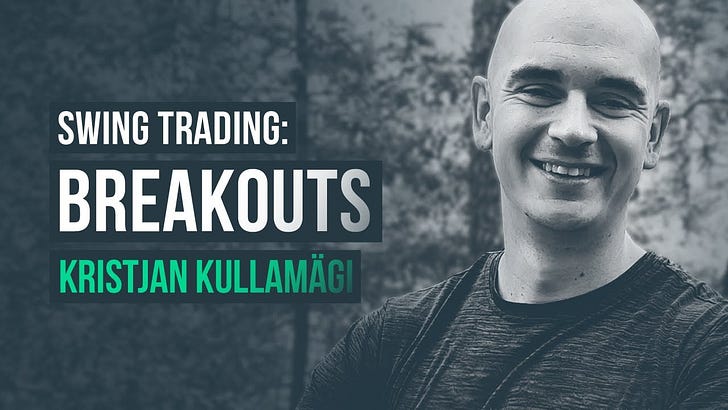


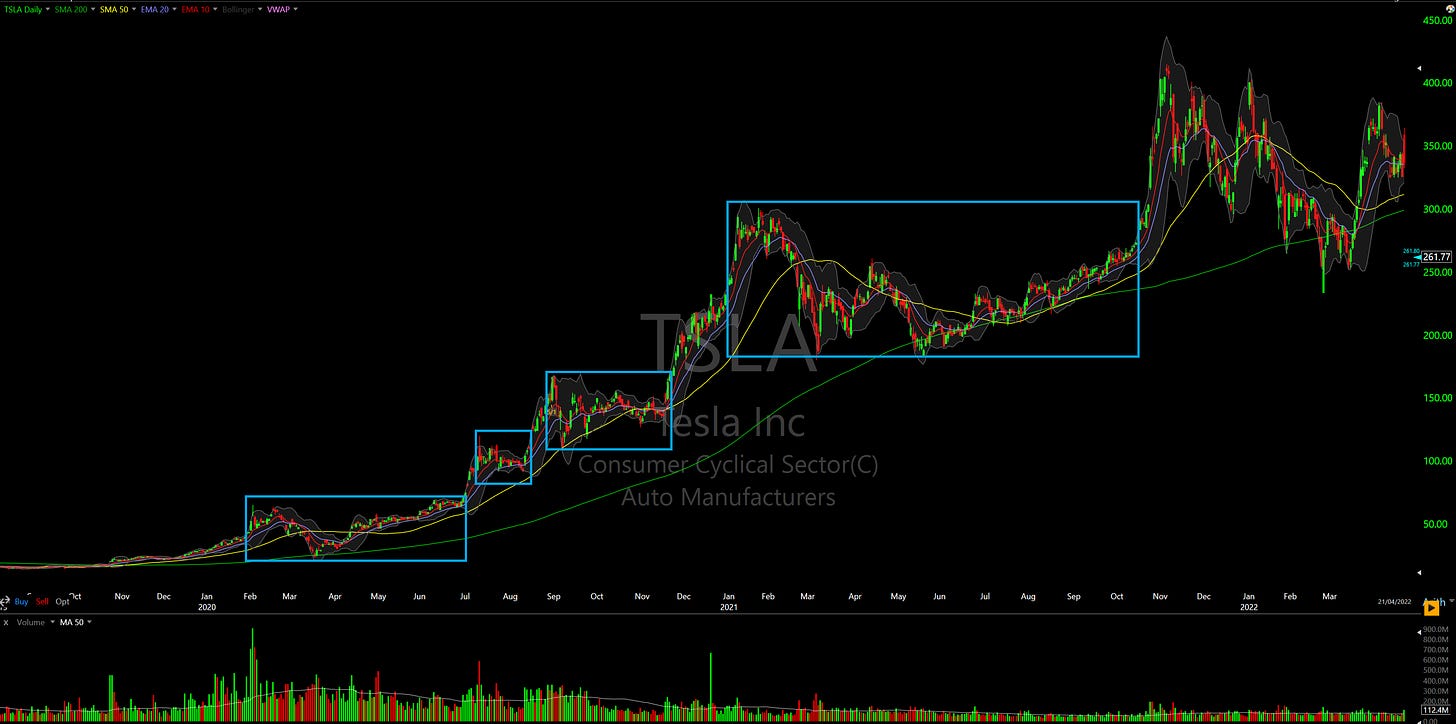
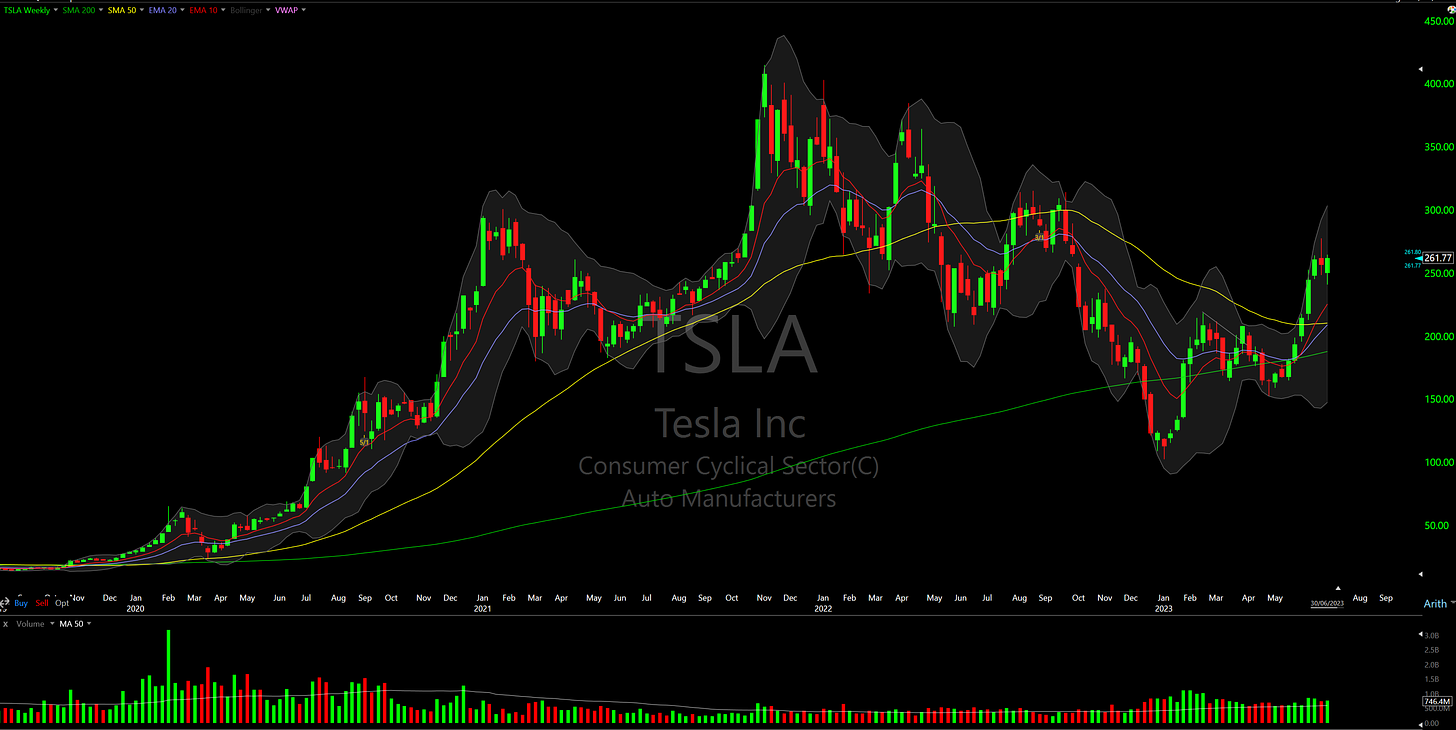
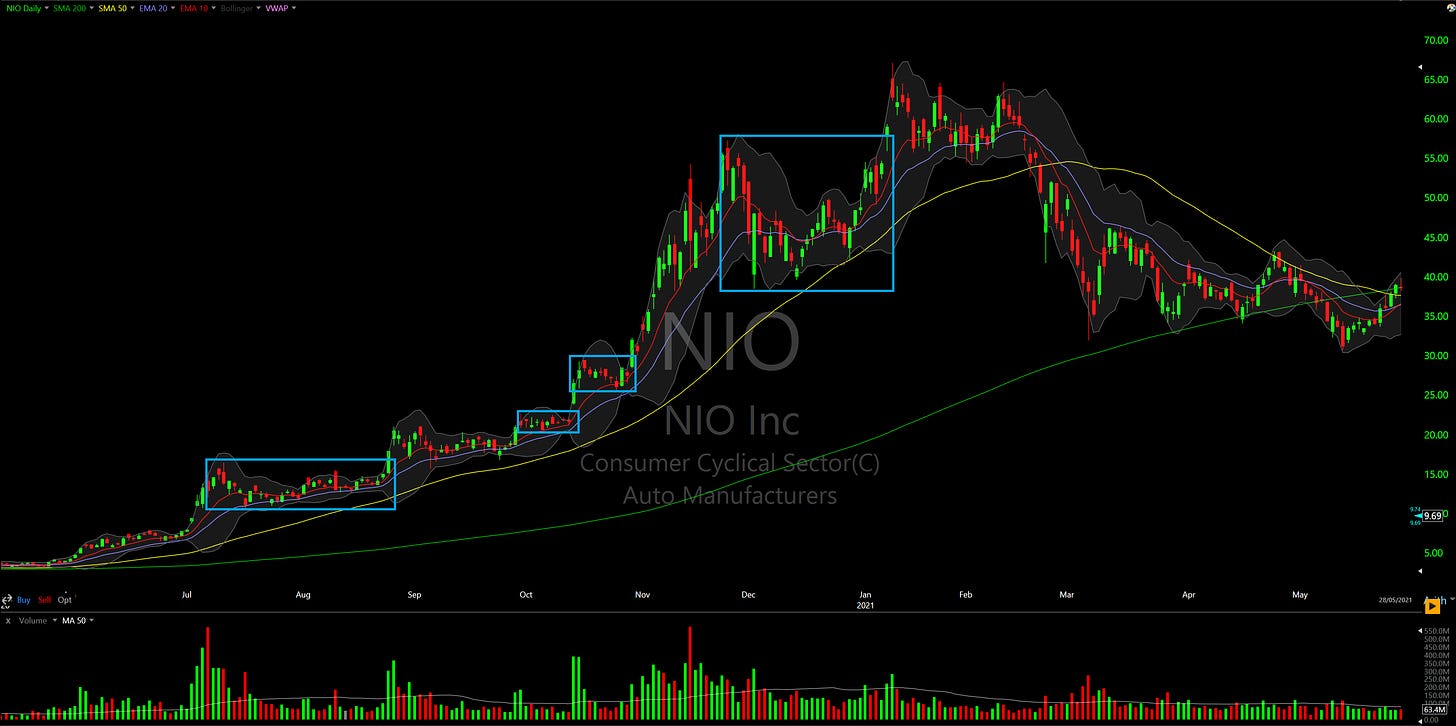
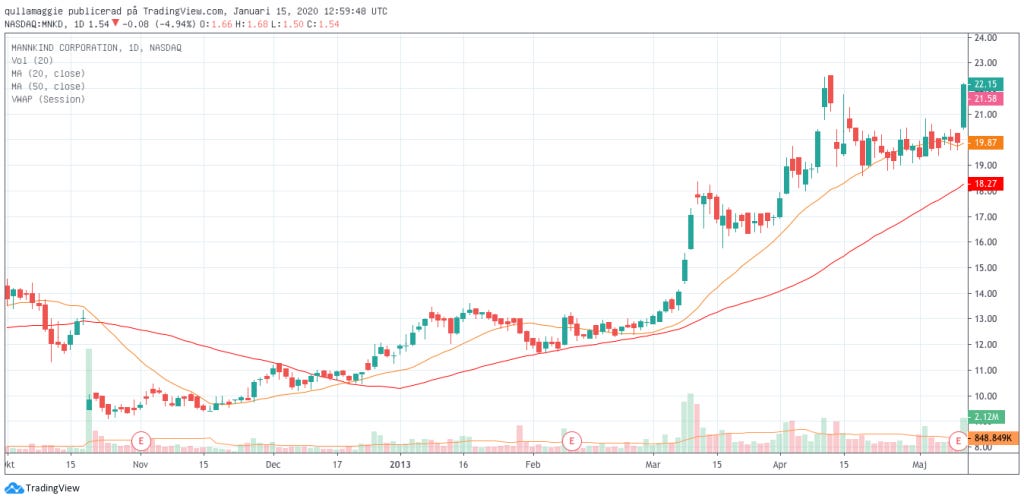
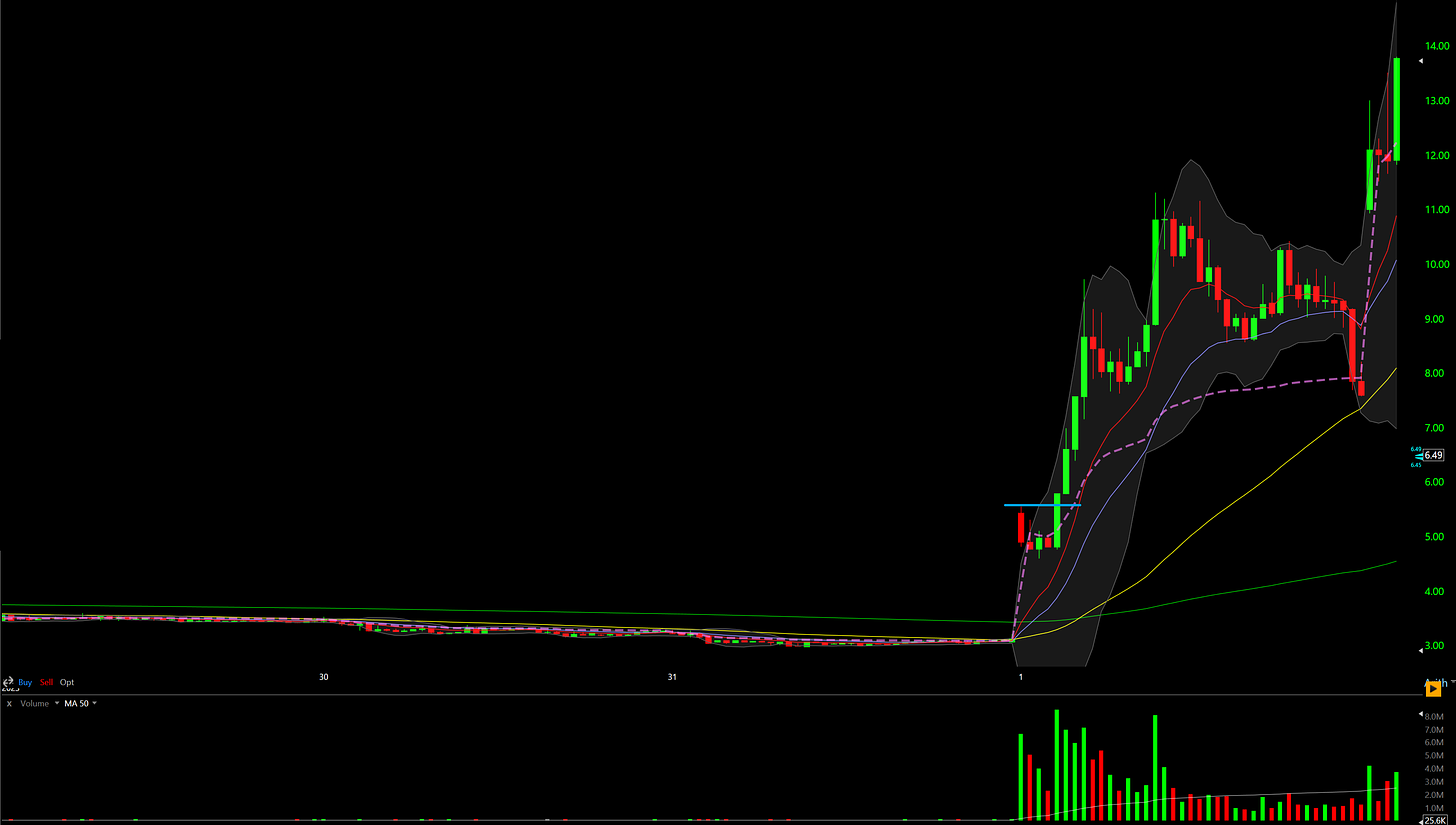
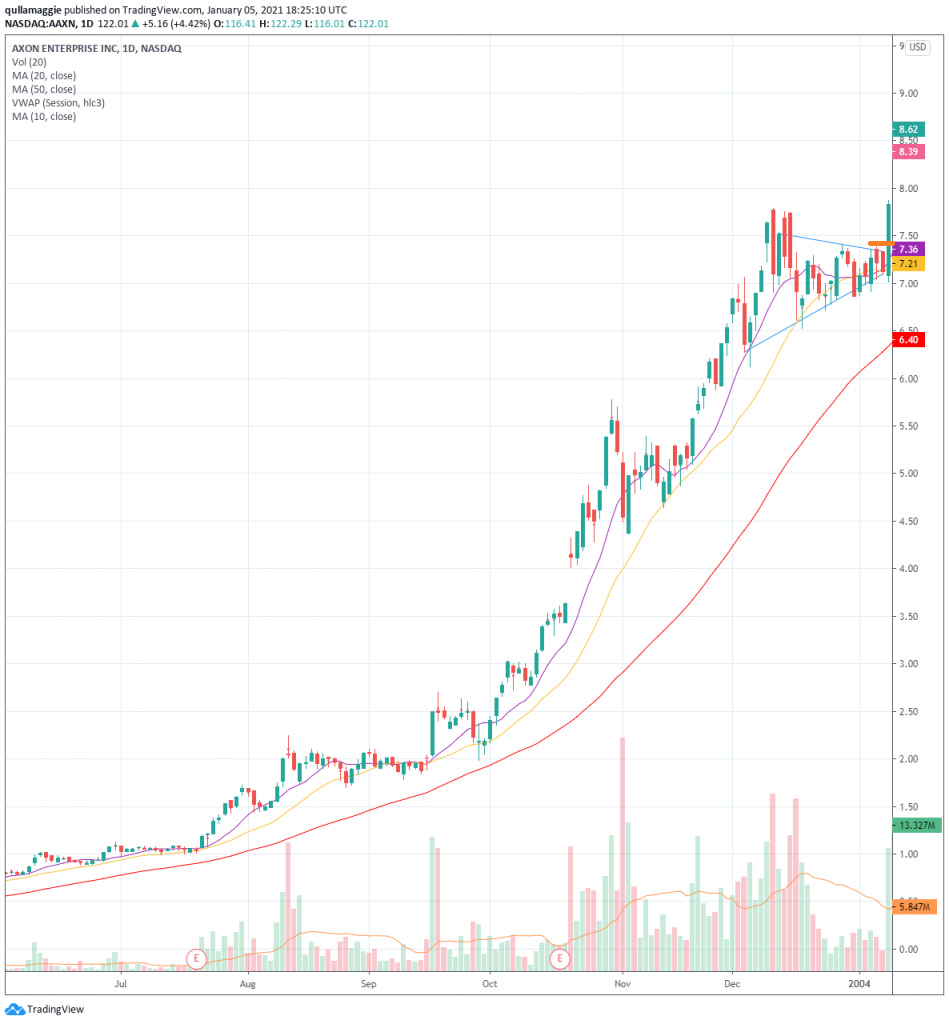






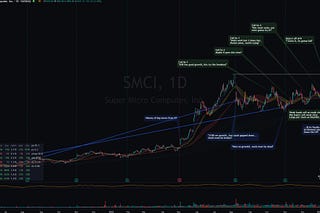
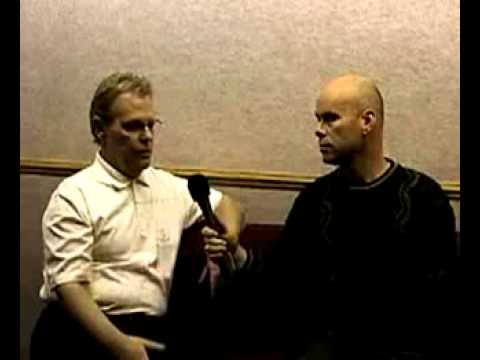


Love this Kay. I appreciate you splitting the info into two posts. This one was just the right length (meaty but not too long) and it is able to stand on its own. Well done and thank you!
Thank you, Kay. You make it easier to understand and absorb Q's golden nuggets.